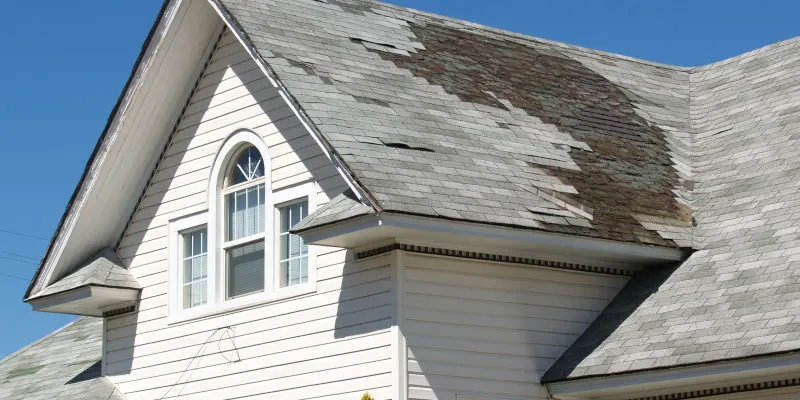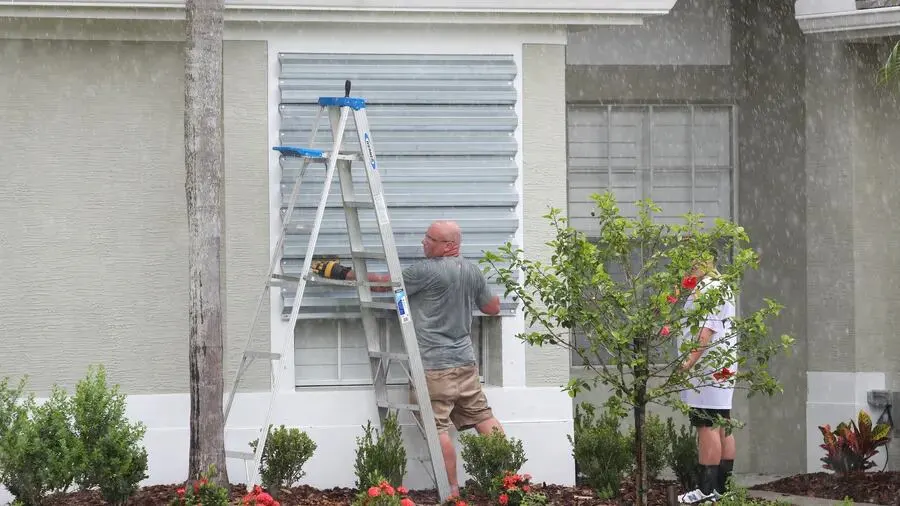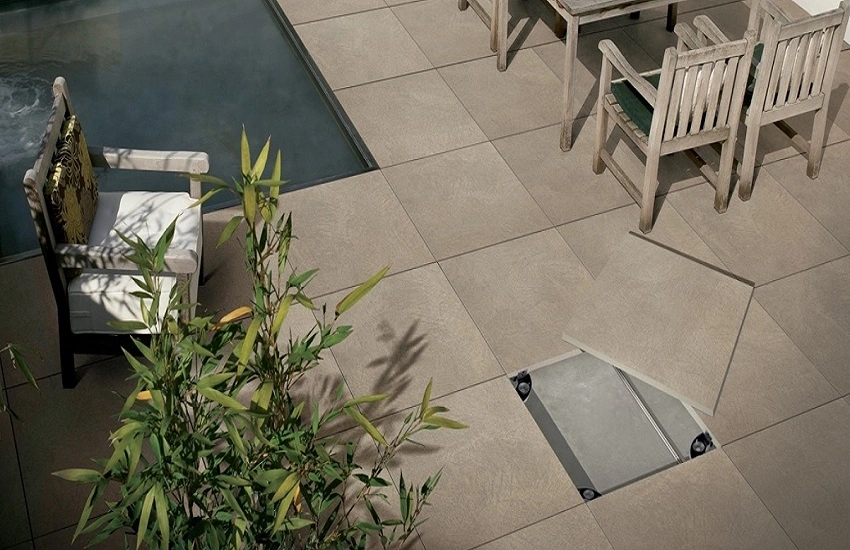Weathering the storm is a phrase that means to endure or come through a difficult time or situation with as few problems as possible.
A few steps should be taken to “weather the storm” effectively. Keep a battery-operated radio on hand to listen for official weather reports. Stay inside until you are sure the storm has passed.
Preparation
Weathering the storm refers to surviving hardship with minimal physical or emotional damage. By drafting an emergency plan with your family and ensuring that everyone is aware of your evacuation or disaster response plans, you can prepare for any disaster.
It helps you stay up-to-date on storm news and information. Listen to local radio or TV and check your city or county website for updates on the storm and any emergency instructions that may be issued.
Close and secure exterior doors and move upholstered furniture away from windows. You should also make a plan for your pets and decide where you will evacuate with them if necessary.
Keep an emergency supply kit in your home or car. It should include bottled water, first aid supplies, blankets, flashlights, batteries, cash, and an emergency communications plan.
Make a list of items you must bring in from outside, such as patio furniture, garbage cans, and any outdoor items that might become projectiles during a hurricane.
Following a storm, a roof inspection can help determine whether damage was caused by falling debris, hail, or strong winds.
Take careful pictures of the damage to safeguard your house or belongings. Record and capture images from the ground. Check the roof for any leaks or wet spots.

Evaluate the Damage
It is important to thoroughly inspect the property and take photos of the storm damage as soon as it is safe.
Property owners can expedite repair or rebuilding efforts and provide documentation of the extent of damage for insurance claims.
However, it is essential to remember that safety should be a priority during this inspection. If there is a threat of electrocution or downed power lines are nearby, it is best to err on the side of caution and stay away from the property until it is safe to enter.
Professionals can use various assessment methods and specialized equipment to assess the damage caused by a storm. They can identify structural damage, water infiltration, and electrical issues during the process.
They can also evaluate the condition of roofs, windows, and siding. They can look for problems like wood rot and other issues that could compromise a building’s structural stability.
Cover the Damage
After a storm, it’s essential to take time to assess the damage and act accordingly. It could mean securing items, photographing the damage, or hiring professional restoration services.
Designate a safe place in your home or business to shelter during a storm, and ensure everyone knows where that is.
It’s also a good idea to keep track of your valuables and photograph them so you can file an insurance claim.
Consider boarding up any windows that were damaged by the storm. It will prevent water and wind from entering the property and further damaging your belongings.
Many homeowners and renters’ policies include additional living expense coverage (ALE) if a home is uninhabitable by storm damage.
Keep receipts for expenses incurred while your home is being repaired or replaced. Only cash your insurance claim check once you’ve spoken to a professional to determine the amount you need to complete repairs.
Stay Safe
In the aftermath of storm damage, a few critical decisions made quickly can make all the difference. These choices can impact everything from how much time you spend cleaning to how much you spend on repairs and insurance claims.
Prepare your home before severe weather hits by securing outdoor furniture, children’s toys, trash cans, and other items that may be swept away during strong winds.
Clean clogged rain gutters to help water flow away from your house—close windows and doors to protect against flying debris during a thunderstorm. Listen to local media for storm warnings and other information.
If a tornado or hurricane is approaching, evacuate to a safe building or vehicle. If trapped outside during a tornado, get to the basement or other interior area of a sturdy structure and cover yourself with a mattress, blanket, or heavy object.
Stay away from downed power lines. They could be live and dangerous.




